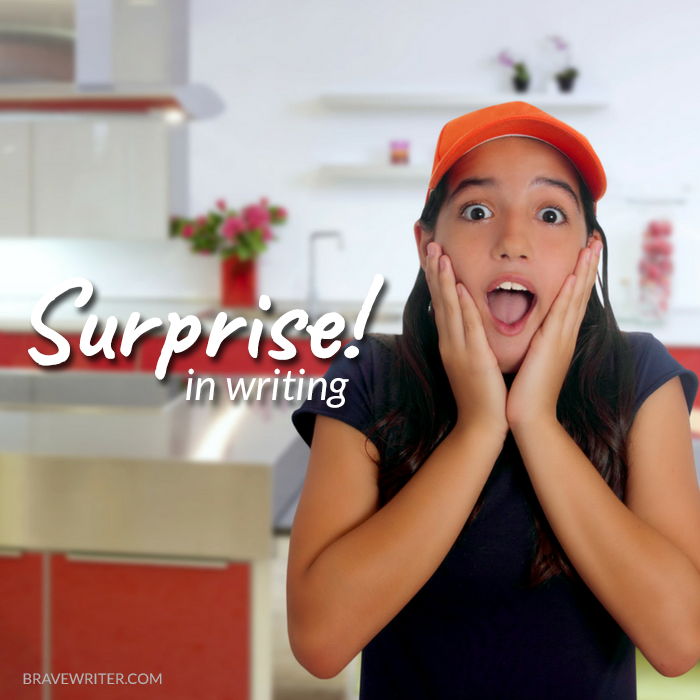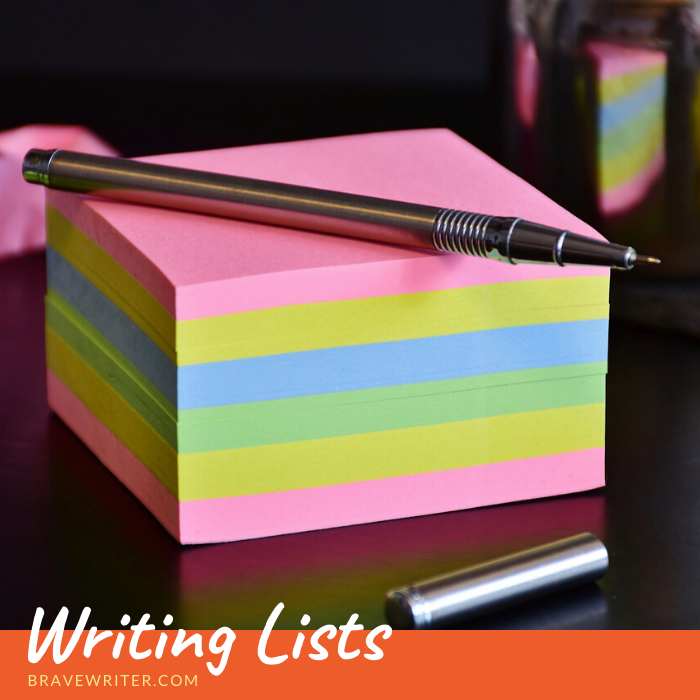My daughter (21) and I got into a little chat this morning about state slogans. Oh my gosh, how we laughed! If you’re looking for a great way to foster discussion around word play or if you want to expose your kids to the various cultural associations with each state, be sure to Google the list. Here are our favorite top ten:
10. Texas: It’s Like a Whole Other Country (Sometimes, it seems they wish they were!)
9. California: Find Yourself Here (If there were ever a state where finding yourself rose to the level of imperative, California would be it!)
8. Delaware: It’s Good Being First (If you say so…!)
7. Indiana: Restart Your Engines (Home of the Indy 500)
6. South Dakota: Great Faces. Great Places. (Can you name both?)
5. Illinois: Mile After Magnificent Mile (Look up Chicago’s shopping district to understand this one.)
4. Kansas: There’s No Place Like Home (Used to be “The Land of Ahhs” – can you identify the irony in this one?)
3. West Virginia: Wild and Wonderful (Awesome! I want to live where people are wild and wonderful!)
2. District of Columbia: Taxation without Representation (snort)
and finally, drum roll please…….
1. New Hampshire: Live Free or Die! (I ask you: who enforces that?!)
These slogans give you a great chance to discuss word play, the history of various states, their selling points and how advertising is a vital part of any state’s economic growth (is the state emphasizing travel? business? historical importance? shopping? buying a home and staying put?). Here’s a link to the Wikipedia page: State Slogans.
Enjoy!





















